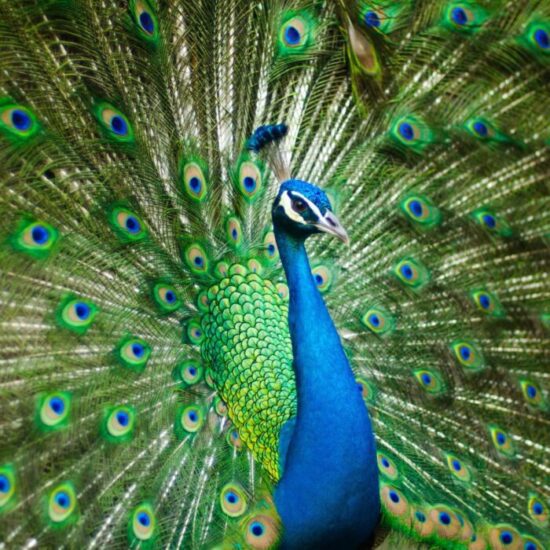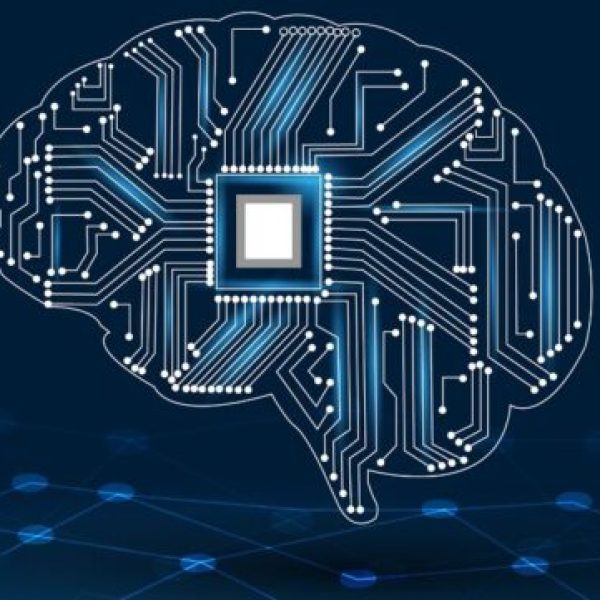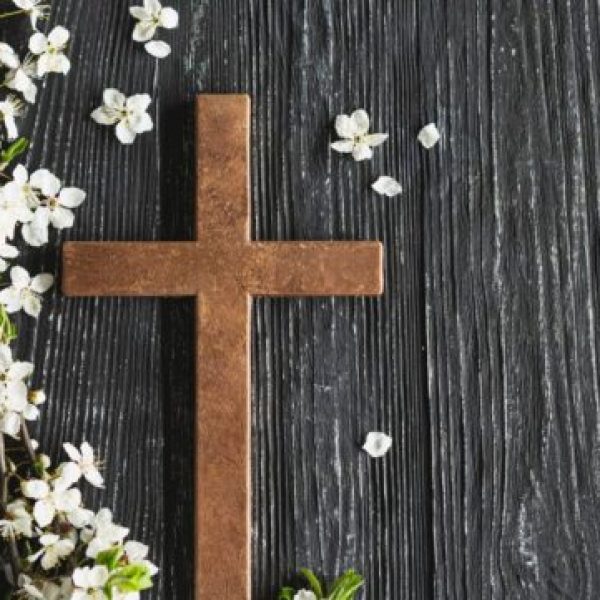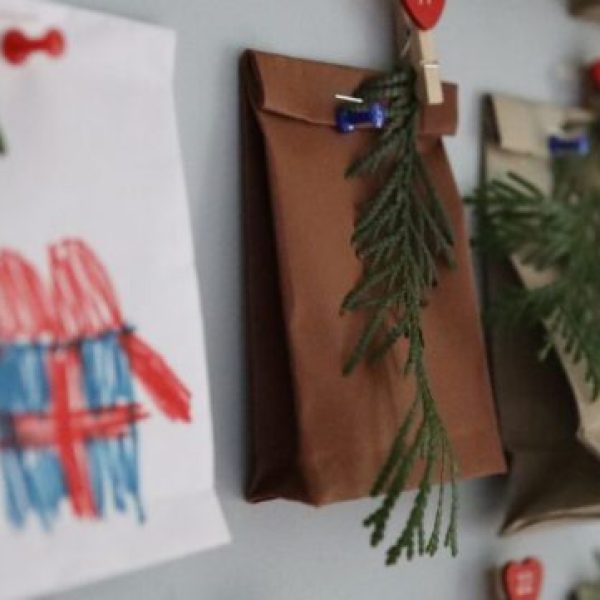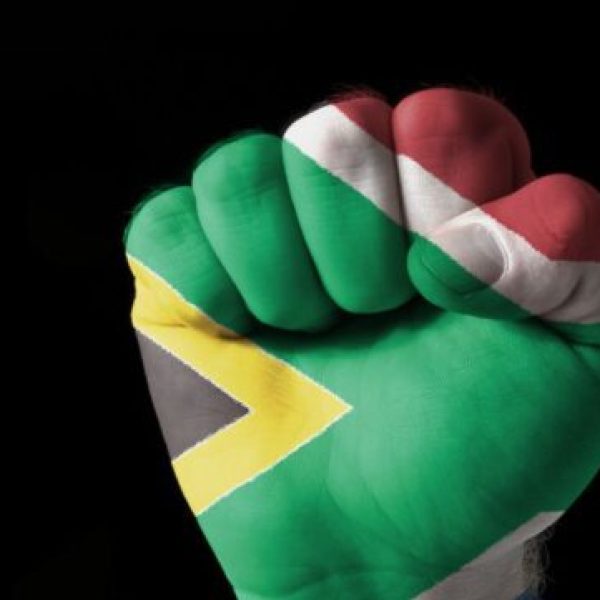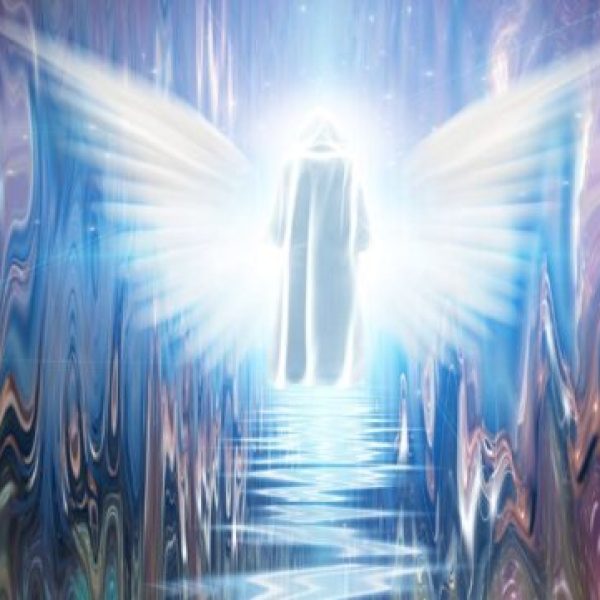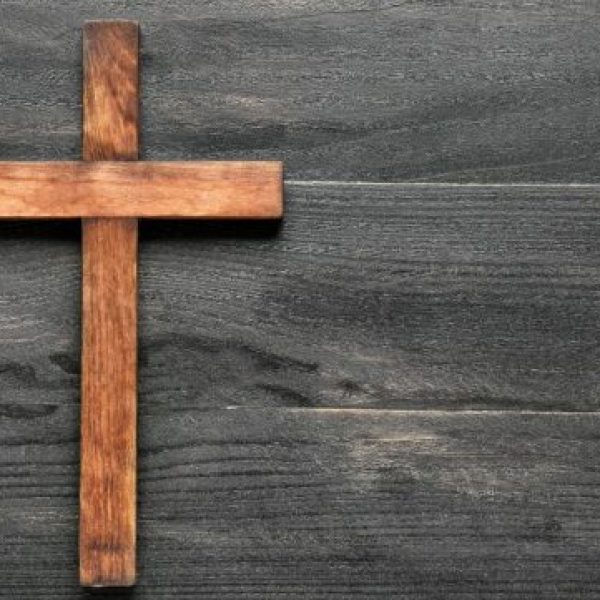Known for its radiant plumage and graceful movements, the peacock has captivated humanity’s imagination for millennia as a symbol of splendor and nobility. With tail feathers that can span over six feet in length and exhibit a stunning range of iridescent colors, the peacock projects an aura of confidence and pride as it fans its feathers in a dramatic display. Beyond its visual brilliance, the peacock’s symbolism conveys deeper meanings about inner divinity, transformation, and the renewal of life. In this article we talk about what is the symbolic meaning of the peacock.
Alluring Displays of Feathered Finery
The most recognizable feature of the peacock is its extravagant tail plumage, consisting of elongated feathers marked with elaborate “eyes” in hues of blue, gold, red, and other colors that shift and change under light. This train of feathers, capable of being erected into a spectacular fan, makes the peacock one of the most visually captivating creatures on earth. The striking beauty of the peacock has made it a symbol of grace, royalty, and refinement throughout history.
In India, the birthplace of peafowl, the bird’s radiant tail feathers and colors are thought to resemble the vibrancy and detail of the night sky. This connection to the cosmos has made the peacock a revered symbol in Hinduism and ancient myth, representing the union between heaven and earth. The eye-like patterns are also considered protective amulets against evil in some cultures.
Confidence and Allure
The peacock displays its feathers in a gesture that conveys confidence, pride, and a flair for the dramatic. The male peacock, in particular, has a courting display called train-rattling, in which it fans and shakes its feathers to catch the female’s attention. This strutting behavior and the head-up posture of an unfurled peacock reflect dignity, self-assurance, and a bold declaration of its vibrant essence.
This captivating courtship ritual has made the peacock an emblem of charm and attraction throughout folklore and iconography. In ancient Greece, the peacock was considered a sacred bird of Hera, goddess of beauty and consort of Zeus. Due to this divine association, peacock imagery was later adopted into religious symbolism for renewal and resurrection. Over the ages, the allure of the peacock has cemented its status as one of humanity’s most beloved avian species.
Cycles of Death and Renewal
An integral aspect of the peacock’s symbolism is its ability to lose and regrow its feathers. Unlike most birds which molt gradually, peacocks shed their train feathers all at once before growing a whole new set. In many cultures, this cycle of feathers has become a metaphor for renewal after death or loss.
Ancient Greeks believed the peacock’s feathers carried the heavens’ patterns, dying every winter before their eyes would “resurrect” with even more beautiful plumage each spring. In the East, the peacock was associated with immortality because of this death and rebirth symbolism. The motif of the peacock and its feathers continues to be a popular emblem on tombs and memorials to represent the soul’s journey after death.
The peacock’s seasonal cycle also heralds the arrival of spring and rebirth. Due to this association, peacock feathers decorate the iconography of Estsanatlehi, a Navajo goddess who represents fertility and renewal. The annual loss and regrowth mean the peacock represents continuity even in the face of impermanence.
The Divine Guardian of Royalty
In India and throughout history, the peacock has been intertwined with royalty, nobility, and divine authority. Ancient kings and emperors used the peacock as their emblem, adorning thrones, coins, and royal seals with its likeness. The bird’s association with Lakshmi, the goddess of fortune, brought prosperity to those who displayed its symbols.
The most common form of the peacock in Eastern iconography is as the mount of Kartikeya, the Hindu god of war and bestower of sovereignty. Hindu temples and palace gardens across India harbor flocks of peafowl as honorary guardians. The peacock’s omnipresence in regal insignia firmly established its reputation as the guardian of authority, wealth, and privilege.
Balance and Interconnection in Nature
A less obvious component of the peacock’s symbolism is the balance and harmony represented by its resplendent tail feathers and graceful carriage. Although the feathers appear too large and vibrant for the peacock’s body, it steps with innate poise and adapts to the additional weight. The peacock effortlessly balances the elaborate plumage as it fans into a wheel-like shape, representing the symmetry and interconnectedness underlying nature’s diversity.
The patterns of the peacock’s feathers bear a strong resemblance to the patterns on leaves, butterfly wings, and other natural structures and organisms. These parallels evoke meanings of unity, equilibrium, and congruity within the complexity of the living world. The peacock’s beauty therefore signifies the harmony between all living things and the order underlying creation.
The Peacock Within: Inner Radiance and Actualization
The graceful peacock, adorned with shimmering feathers, has become a popular symbol for people seeking to embrace their inner vibrancy, creativity, and authentic selves. The metamorphosis of the peacock, from a drab chick to an exquisite display of colors, reminds us of the transformation that occurs when we honor our intrinsic worth and allow our “true colors” to shine through.
Just as the peacock fans its feathers without self-consciousness, the peacock metaphor teaches people to take pride in their gifts, move through the world with confidence, and greet themselves and others from a place of dignity. The radiant explosion of color represents the inner joy, beauty, and divine essence accessible to all living beings when we boldly inhabit ourselves.
Conclusion: Vision of Brilliance, Rebirth, and Balance
With its unparalleled rainbow plumage, noble gait, and captivating displays, the peacock has rightfully earned acclaim across cultures as one of the most visually arresting species on the planet. While its physical beauty accounts for much fascination, the peacock’s rich symbolism conveys further meaning related to spiritual rebirth, inner radiance, nobility, equilibrium, and our interconnection to all living things. The peacock’s ability to die and renew itself annually has made it a cherished emblem of continuity and the indestructibility of the soul. Through its icons and symbolism, the peacock remains an enduring vision of nature’s grandeur, life’s cycles, and the qualities of harmony, confidence, and grace we each carry within. I sincerely hope you find this “symbolic meaning of the peacock” article helpful.


